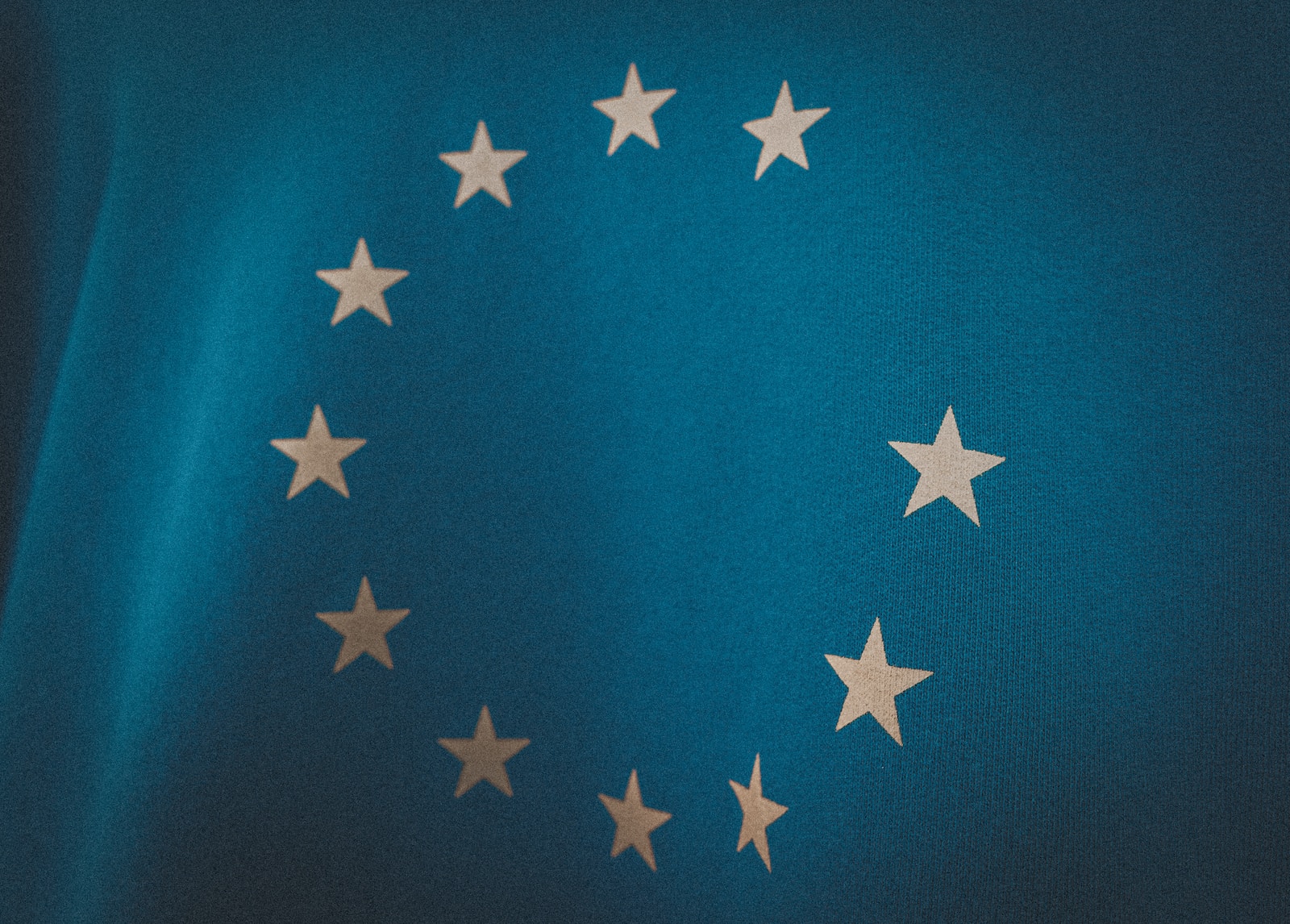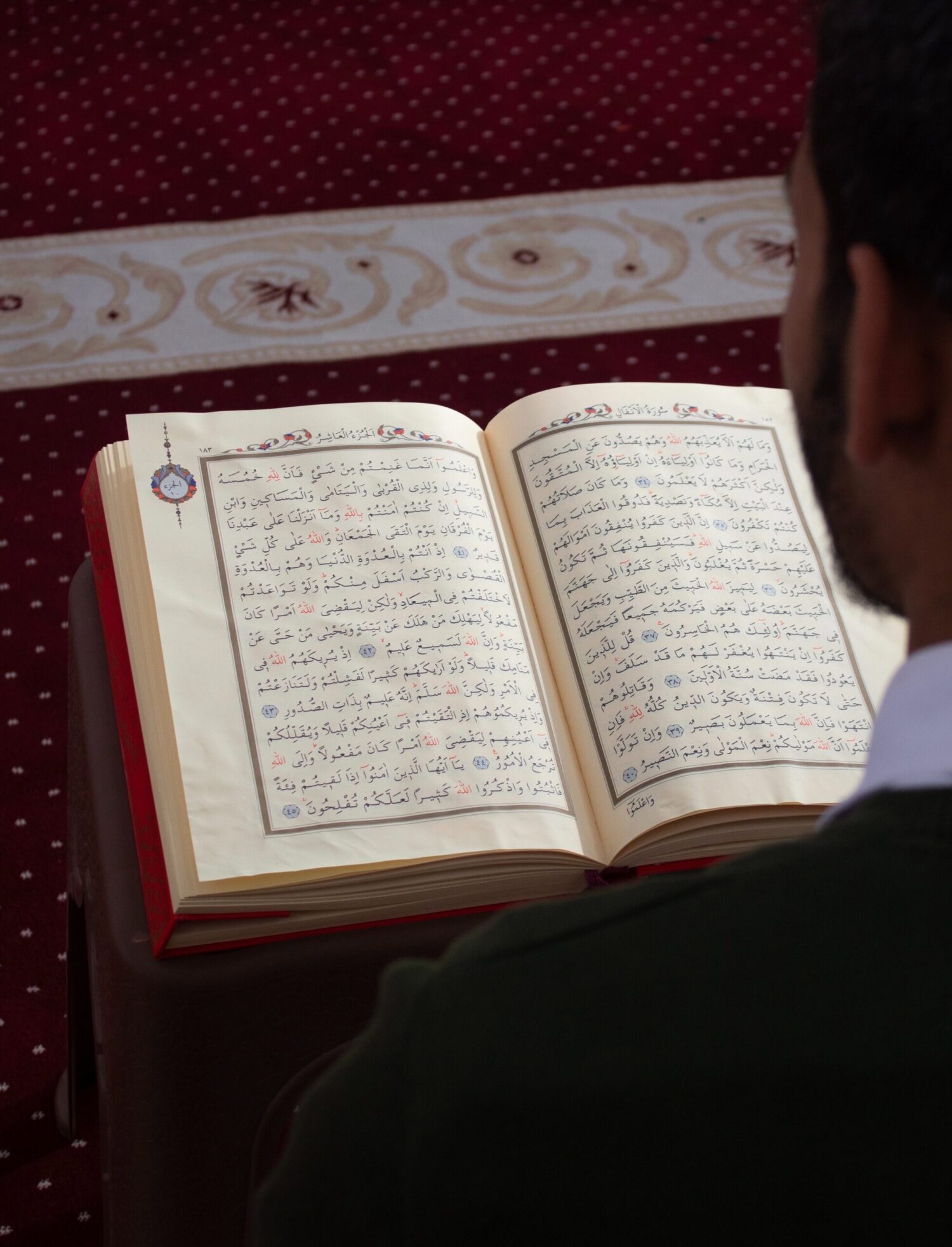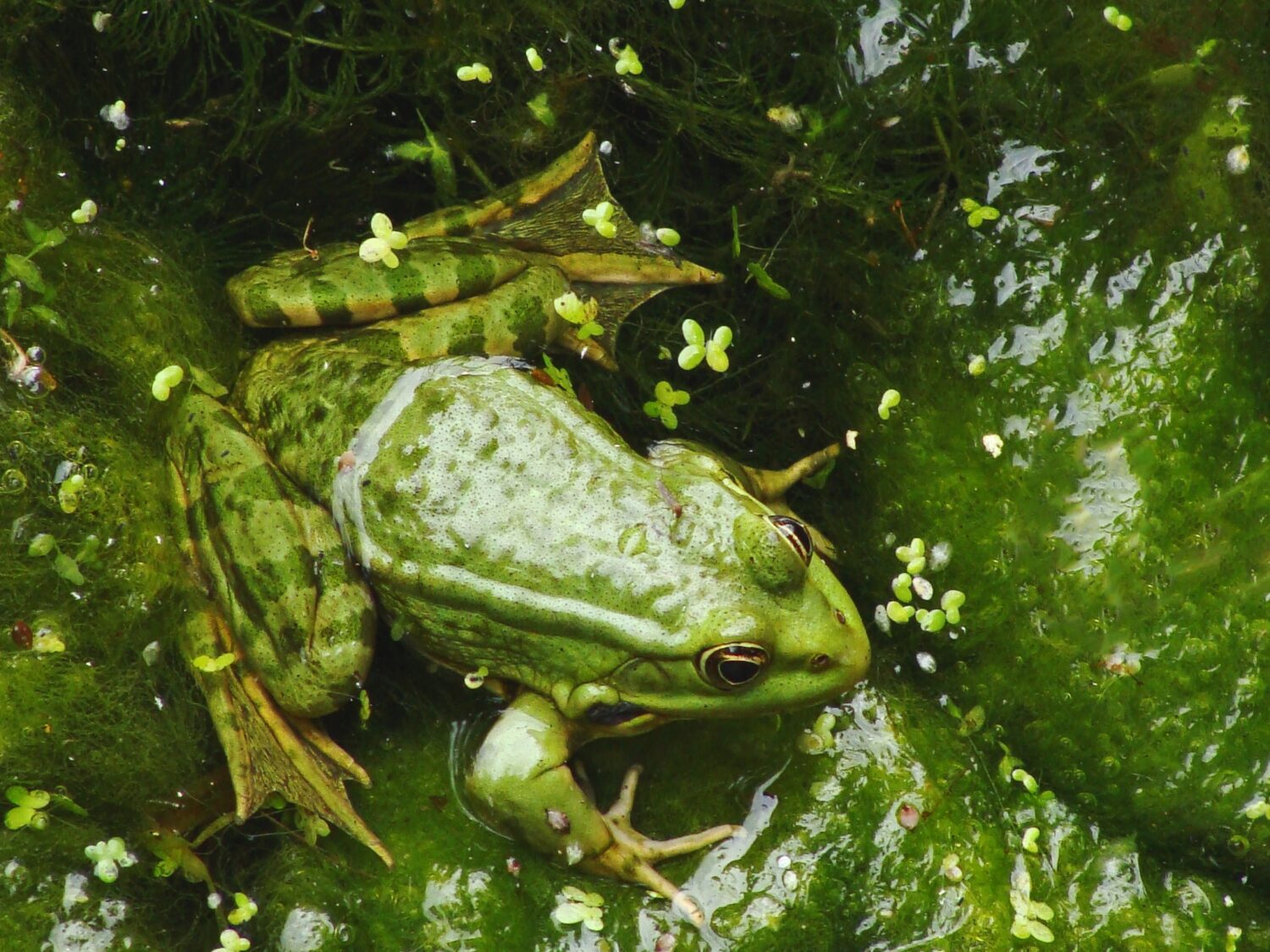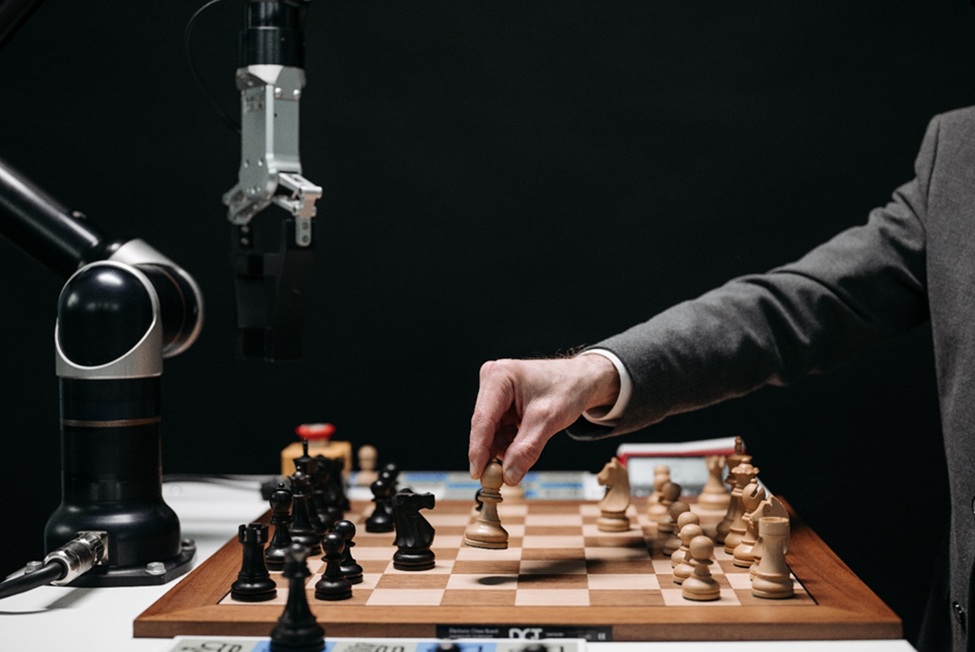EU NEWS / As the European Union grapples with the aftermath of Brexit, the Eurozone and ongoing immigration concerns it is crucial to stay well-informed about how these factors impact the economic landscape. With much, at stake, it has never been more important to understand the intricacies of the EU decisions and policies.
In a world that is increasingly interconnected the consequences of Brexit are far-reaching. It not affects only the United Kingdom but also its European neighbours. This article delves into how Brexit impacts trade relationships, travel arrangements and political ties within the EU.
Furthermore, there are challenges and opportunities in the Eurozone—a monetary union comprising 19 member states. From policies to maintaining stability this article explores various dynamics that shape this influential economic powerhouse’s future.
Lastly, immigration policies have sparked debates across Europe. By shedding light on approaches and their consequences this comprehensive article aims to provide an understanding of this complex issue.
Stay tuned for the updates, on EU news, where we will delve into the topics of Brexit, the evolution of the Eurozone and the ever-changing immigration policies.
Understanding how Brexit impacts the EU news
The withdrawal of the United Kingdom from the European Union known as Brexit has had an impact on both sides. This historic event brings forth implications that come with their own set of challenges and opportunities.
The economic effects stemming from Brexit are extensive. Have reaching consequences. One major concern lies in trade disruptions. As standing trading partners both the EU and UK have experienced supply chain disruptions due to the departure of the UK from the EU single market. Businesses on both ends now face uncertainty. In this article, we will explore sectors affected by these changes. Shed light on efforts made by the EU to minimize any adverse effects.
Brexit has also strained relationships among member states within the EU. The UK’s decision to leave has sparked debates about integration within the union. Some advocate for integration while others question its benefits altogether. This section will examine not only the consequences but also potential implications for what lies ahead for the EU’s future.
Economic Implications arising from Brexit
Apart, from Brexit, there are challenges facing the Eurozone. A monetary union comprising 19 member states within Europe.
The well-being of both member states and the European Union as heavily relies on the stability of the Eurozone. In this section, we will examine the factors influencing the future of the Eurozone and the policies being implemented to ensure its stability.
Fiscal policies play a role in how the Eurozone functions. This article will explore the challenges faced by member states in maintaining discipline and delve into the measures taken by the EU to enforce fiscal practices. Additionally, we will analyze how these policies impact growth and stability.
The European Central Bank (ECB) which controls policy also plays a role in the Eurozone. We will discuss strategies employed by the ECB to maintain price stability and stimulate growth. Furthermore, we will explore challenges faced by the ECB in managing varying interests among member states.
Brexit has had consequences that need to be examined. Immigration policies within the EU have become an issue with member states adopting approaches to address migration and refugee influxes. In this section, our aim is to shed light on these policies and their consequences.
The refugee crisis has put a strain on the resources and capacities of member states leading to tensions, within the EU.
The article aims to shed light on the difficulties encountered by countries located at the borders of the European Union (EU). The steps taken by the EU to distribute the associated burdens more equitably. It will also delve into how immigration affects both labor markets and social cohesion examining integration policies and initiatives implemented by member states to facilitate the inclusion of migrants and refugees, into their societies.
Additionally, this section will explore how decisions and policies made by the EU have far-reaching consequences beyond its borders. Specifically, it will analyze how EU news influences politics. Outlines the EU’s role as a significant global player. The article will investigate how the EU’s stance on issues such as climate change, rights and trade shapes global politics. It will also examine efforts undertaken by the EU to promote its values and interests through agreements.
Furthermore, this piece will discuss relations between the EU and major global powers such as the United States, China and Russia. It will analyze how EU news impacts these relationships and explores areas of cooperation or conflict.
Lastly amidst challenges arising from the Brexit aftermath managing complexities, within the Eurozone and addressing immigration concerns; it is evident that the European Union faces hurdles.
The decisions and policies made by the EU have consequences not, within its borders but on a global scale. It is vital to comprehend the impact of Brexit, the evolution of the Eurozone and the changing immigration policies in order to stay well-informed in today’s changing world. This article aims to delve into these topics offering readers an understanding of captivating EU news and its potential ramifications. Stay tuned as we unravel intriguing EU news uncovering the effects of Brexit, the evolution of the Eurozone and the evolving immigration policies.














